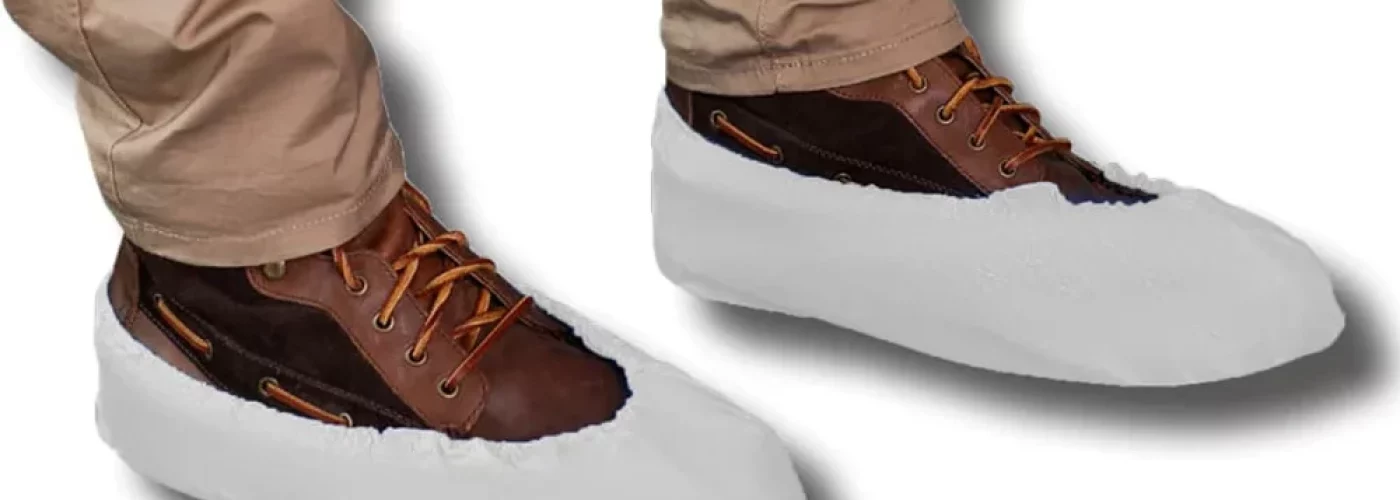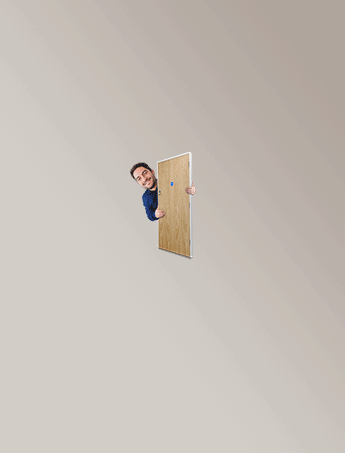Construction sites are tough on gear, and the wrong shoe covers can rip, slip, or fail to protect surfaces within minutes of use. Cheap covers might work for quick home inspections, but they won’t survive the demands of active job sites where durability and safety actually matter.
Picking the right pair helps workers stay safe, keep sites clean, and reduce damage to finished areas that clients expect to remain pristine. The cost of ruined floors or safety incidents far exceeds what you’d save buying inadequate covers that fail when you need them most.
Reliable shoe covers for construction workers who need protection and durability make the difference between smooth operations and constant replacements. Understanding key features, material options, and safety considerations helps you choose covers that actually perform under real-world conditions instead of falling apart the moment things get challenging on busy construction sites.
Key Features: Grip, Durability, and Fit
Slip-resistant soles prevent falls on smooth finished floors where regular shoe treads lose traction. Construction sites mix clean areas with dusty zones, and covers without grip turn polished surfaces into skating rinks. Textured or rubberized bottoms provide traction that keeps workers stable while protecting floors from the dirt and debris regular work boots would track across expensive finishes.
Durability determines whether covers last through full shifts or tear apart within hours. Reinforced seams, thick materials, and quality construction withstand the punishment of crouching, climbing, and moving around active sites. Flimsy covers might cost less per pair but require constant replacement that adds up fast compared to investing in covers built to survive real working conditions.
Proper fit matters for both comfort and protection. Covers too small won’t stay on over work boots, while oversized covers bunch up and create tripping hazards. Elastic ankles and generous sizing accommodate various boot styles without being so loose they slide off constantly. Workers who trust their covers actually wear them consistently instead of skipping protection because ill-fitting covers create more problems than they solve.
Material Options: Disposable vs. Reusable
Disposable covers offer convenience for short-term use or situations where contamination prevents reuse. They’re lightweight, inexpensive per pair, and eliminate cleaning hassles since you just toss them after use. For quick walk-throughs or single-day tasks, disposable options make sense when convenience matters more than long-term economics or environmental concerns about waste generation.
Reusable covers cost more upfront but save money over time for crews using them daily. Quality reusable options withstand dozens of uses with proper cleaning and storage, making per-use costs far lower than constantly buying disposables. They’re also more durable during use, with heavier materials and reinforced construction that survive demanding conditions better than thin disposable alternatives.
Environmental impact favors reusable options that reduce waste compared to throwing away disposables after every use. Construction sites generate enough trash without adding hundreds of used shoe covers to landfills weekly. Reusable covers aligned with sustainability goals many companies now prioritize make practical sense while supporting broader environmental commitments that clients and workers increasingly expect from responsible contractors.
Safety Considerations: Slip Resistance and Tear Strength
Slip resistance isn’t negotiable on construction sites mixing finished floors with dust, water, and debris. Covers with smooth bottoms might protect surfaces but create serious fall risks that lead to injuries and liability. Look for covers specifically rated for slip resistance on various surfaces, ensuring they provide traction comparable to regular work boots rather than turning every step into a potential accident.
Tear strength determines whether covers survive sharp objects, rough surfaces, and constant movement without falling apart. Construction environments contain hazards that puncture or rip weak materials instantly. Heavy-duty covers resist tears from nails, wood splinters, and abrasive surfaces that shred inferior products, keeping protection intact through entire work periods instead of requiring mid-shift replacements.
Electrical hazard ratings matter for certain construction environments where workers might encounter live circuits or equipment. Standard shoe covers don’t provide electrical protection, but specialized options offer insulation that reduces shock risks. Sites involving electrical work need covers meeting appropriate safety standards rather than assuming any cover provides protection it wasn’t designed or tested to deliver.
Cost vs. Longevity: Getting the Best Value
Cheapest options rarely deliver best value when hidden costs emerge. Covers that tear easily require buying replacements constantly, negating initial savings through volume consumption. Workers wasting time changing failed covers cost money in lost productivity beyond just replacement product costs. Investing in quality covers that actually last proves cheaper than endless cheap replacements.
Calculate per-use costs rather than just per-pair prices when comparing options. Reusable covers costing three times more than disposables but lasting 20+ uses deliver better economics than buying new disposables daily. Track actual usage patterns and replacement frequency to understand real costs instead of making decisions based solely on sticker prices that don’t reflect total ownership expenses.
Bulk purchasing reduces per-unit costs for operations using shoe covers regularly. Suppliers offer significant discounts for larger orders that make sense for contractors needing reliable supplies. Committing to quality products in bulk quantities delivers savings while ensuring consistent availability that prevents last-minute shortages forcing workers to skip protection or scramble finding emergency replacements.
Conclusion
The right shoe covers protect workers and worksites without failing under real construction conditions. Balancing durability, safety, and cost ensures you get products that actually perform rather than cheap options creating more problems than they solve through constant failures and replacements that waste time and money.
Buyers should balance durability, safety, and cost by understanding their specific needs and usage patterns. Quality covers that survive tough environments deliver better value than budget options requiring constant replacement. Investing in proper protection pays off through worker safety, surface protection, and operational efficiency that cheap alternatives never provide.





